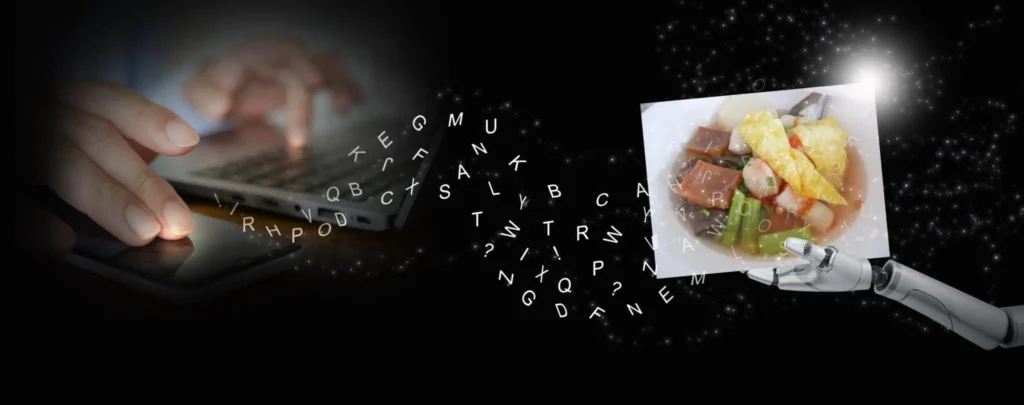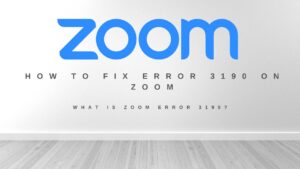Last Updated on 6 months ago by Nicky Johnson
In today’s digital age, the line between the written word and visual art is becoming wonderfully blurred. Thanks to the innovation of text to image generators, one can now transform their words into images with ease and a touch of magic.
This article explores the capabilities and implications of these fascinating tools that are opening up new avenues for creators of all kinds.

Understanding Text-to-Image Generators
Blog Contents
A text to image generator is a tool that turns written descriptions into visual art. It’s as if you have a personal artist ready to interpret your words and ideas into images. This technology is a bridge between language and visual representation, making it possible for your written concepts to become vibrant visuals.
Whether describing a fantastical scene for a story or conceptualizing a design, a text-to-image maker takes your words and brings them to life in a way that was once the domain of illustrators and artists alone.
How They Work
At the heart of a text to image generator is a complex artificial intelligence algorithm. It’s been trained on a diverse dataset of images and their associated descriptions. When you input a string of text, the AI analyzes it and begins to construct an image that corresponds to the words.
It’s a sophisticated process of decoding and translating language into visual elements. This technology is not static; it learns and evolves, improving its ability to translate text into more accurate and intricate images with every use.
The Creative Revolution
Text-to-image makers are democratizing art creation. They catalyze a creative revolution, where the barrier to entry for creating compelling visuals is lowered to non-existent. Now, bloggers, writers, and creative minds who lack traditional artistic skills can bring their visions to life.
This tool is not just for creating art for art’s sake; it has practical applications in fields like advertising, where a concept can be visualized quickly, or in education, where it can help illustrate complex ideas.
Adobe Firefly states, “When choosing your text to image AI tool, look for one that produces high-quality images, allows you creative control to make those images fit your needs, and makes it possible to use those images commercially.”
The Broader Impact
The rise of text-to-image makers is not just a boon for individual creativity; it has broader implications for communication and media. These tools can change how one shares ideas, making visual content as easy to create as typing a tweet.
They challenge one’s traditional notions of authorship and creativity and open up a dialogue about the value and origin of art. As these generators become more mainstream, they could reshape the landscape of visual content across multiple industries.
Looking to the Future
The potential of text to image makers is vast. As the technology behind them advances, one might see these tools become a staple in professional design and storytelling. They could further blur the lines between writer and artist, between imagination and reality.
The future looks visual, with words serving as the seeds for images that can convey messages and emotions more powerfully than text alone.
In conclusion, text-to-image makers are a testament to human ingenuity, a tool that encapsulates the wonder of turning abstract thoughts into concrete visuals.
As this technology continues to grow and improve, it promises to expand the horizons of one’s creativity and how one communicates. From words to pictures, the journey is just beginning, and it promises to be as exciting as it is transformative.







